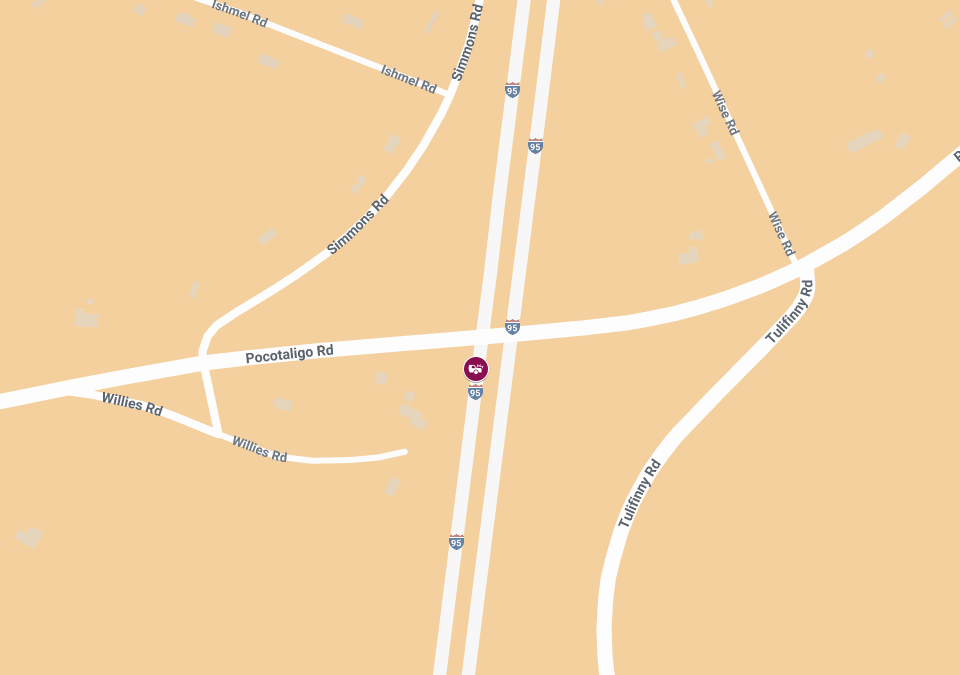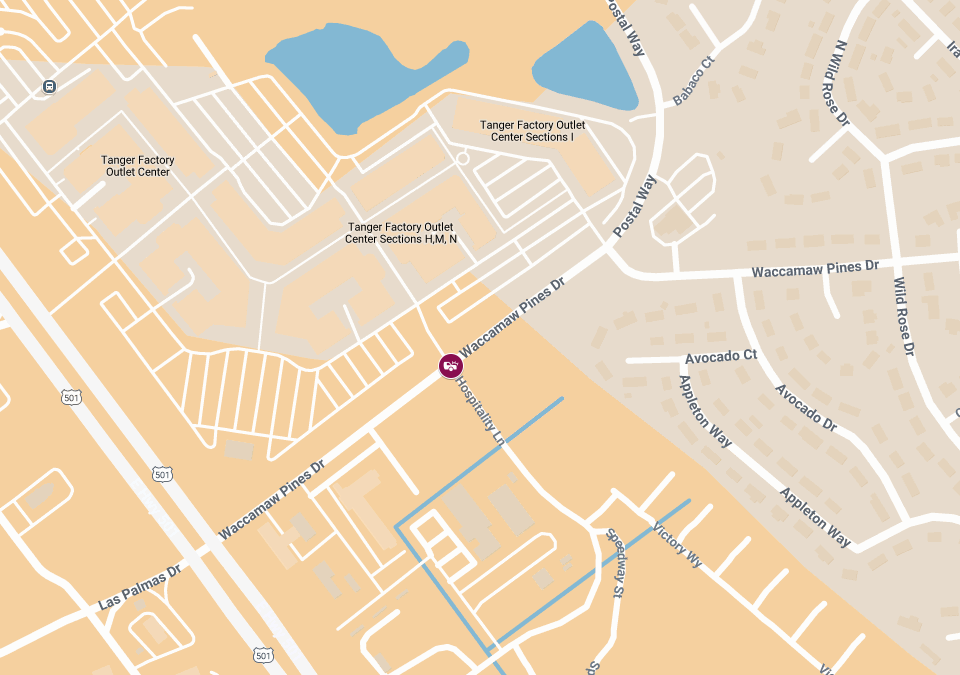
California DUI Accident Attorney: Protecting Your Rights After a Drunk Driving Crash
July 30, 2025
Why Is Car Insurance So Expensive in California?
July 30, 2025Accidents don’t always come with a clear-cut answer about who’s to blame. In many cases, more than one driver shares responsibility. Maybe you were speeding a little through a rain-soaked intersection on I-40, or you glanced at your GPS while passing through Times Square, and then another driver made a sudden turn or ran a red light. If you’re worried that your role in the crash means you can’t recover damages, there’s good news: you may still be able to file a claim, even if you were partially at fault.
Understanding how comparative negligence works in your state can help you navigate this situation and protect your right to compensation.
What Is Comparative Negligence?
Comparative negligence is a legal doctrine used in most states to determine how damages are awarded when more than one party is responsible for an accident. Under this rule, fault is divided among all involved parties based on their contributions to the crash. So, if you’re partially to blame, your compensation may be reduced, but not necessarily eliminated.
Let’s say you’re driving down the Pacific Coast Highway in California when another vehicle sideswipes you while changing lanes. However, it’s determined you were also speeding at the time. The court may find you 20% at fault and the other driver 80% responsible. If your total damages amount to $100,000, you would still be entitled to recover $80,000.
Types of Comparative Negligence: Which Rule Applies in Your State?
Because laws vary by state, the kind of comparative negligence system your state follows will determine whether you can pursue a partial liability claim.
There are three general types of negligence systems used across the U.S.:
- Pure Comparative Negligence: States like New York and Florida follow this model. You can recover damages even if you’re 99% at fault. Your compensation will simply be reduced by your percentage of fault.
- Modified Comparative Negligence (50% or 51% Bar Rule): In states like Texas and Colorado, you can recover damages as long as your share of the fault is less than or equal to 50% or 51%, depending on the jurisdiction.
- Contributory Negligence: In states such as Alabama and Maryland, if you are even 1% at fault, you may be barred from recovering any compensation at all. These states have the strictest standards for shared fault crash cases.
Knowing your state’s approach is crucial. For example, if you were involved in an accident near Michigan Avenue in Chicago, your claim would fall under Illinois’s modified comparative negligence law with a 51% bar. But if the same crash happened along the New Jersey Turnpike, the rules would differ slightly.
How Fault Is Determined in a Shared Fault Crash
Assigning fault in a car accident is not always straightforward. Insurance companies, police reports, and even traffic cameras at intersections like those in downtown Atlanta or near the Las Vegas Strip may all be used to piece together what happened. Evidence plays a central role in determining how much liability each party holds.
Factors that influence fault include:
- Police reports and citations issued at the scene
- Witness statements
- Surveillance footage or dashcam videos
- Accident reconstruction expert analysis
- Vehicle damage and skid mark analysis
In shared fault crash claims, insurance adjusters and attorneys will use this evidence to negotiate a fair percentage of liability for each party involved.
Why You Should Still File a Claim If You’re Partially at Fault
Many accident victims wrongly assume that having contributed to a crash, no matter how minor, automatically disqualifies them from seeking compensation. This misunderstanding often leads to unpaid medical bills, lost wages, and financial strain.
Filing a partial liability claim is not about avoiding responsibility; it’s about ensuring you don’t bear more than your fair share of the burden. If another driver is even partially at fault, say they were texting behind the wheel or failed to yield at a four-way stop, you may be entitled to recover significant compensation for your injuries.
Even if you’re unsure about your level of fault, it’s always a good idea to:
- Document the scene: Take photos, gather contact information from witnesses, and note road conditions.
- Avoid admitting fault: Let investigators determine liability. A moment of apology or uncertainty at the scene can be misinterpreted.
Damages You May Still Recover in a Partial Liability Claim
Depending on your state and the extent of your injuries, you may be eligible for compensation for a wide range of losses. These can include:
- Medical expenses: Emergency care, surgery, therapy, and ongoing treatments.
- Lost income: Wages lost due to time off work or reduced earning capacity.
- Property damage: Costs to repair or replace your vehicle.
- Pain and suffering: Compensation for physical discomfort and emotional distress.
- Loss of enjoyment of life: Inability to participate in hobbies or daily activities due to your injuries.
For example, if you were in an accident near the 405 in Los Angeles and suffered a broken leg that required surgery and three months off work, even being found 25% at fault would still allow you to recover a substantial portion of your damages.
Insurance Companies and Shared Fault: Proceed with Caution
Insurance companies are quick to use comparative negligence against claimants. If they can pin part of the blame on you, they’ll try to reduce their payout. In some cases, they may even exaggerate your share of fault to avoid paying altogether.
That’s why it’s vital not to accept a settlement or admit fault before speaking with a nationwide car accident lawyer. An attorney can evaluate the evidence, work with accident reconstruction experts, and advocate for a fair outcome that reflects the true circumstances of your crash.
How an Experienced Attorney Can Help
If you’re feeling overwhelmed by the legal complexities of a shared fault crash, you’re not alone. A seasoned attorney can be your strongest ally. Here’s how they can assist:
- Gather and preserve crucial evidence from the accident scene.
- Negotiate with insurance companies to prevent lowball settlements.
- Determine the appropriate legal strategy based on your state’s comparative negligence rules.
- Represent you in court if necessary to pursue full compensation.
Whether your accident occurred near the Golden Gate Bridge, along I-95 in Miami, or on a rural backroad in Tennessee, an experienced lawyer can make all the difference in the outcome of your case.
Still Have Questions? Speak With a Nationwide Car Accident Lawyer Today
If you were hurt in a car accident and believe you were partly to blame, don’t assume you’re out of options. Many states allow victims to pursue compensation through partial liability claims under comparative negligence laws. But time is critical; evidence fades, and deadlines for filing vary by state.
For trusted guidance and skilled legal representation, contact a nationwide car accident lawyer at Local Accident Reports by calling (888) 657-1460. We can connect you with a dedicated attorney in your area who understands how to handle shared fault crash claims and fight for the compensation you deserve.

